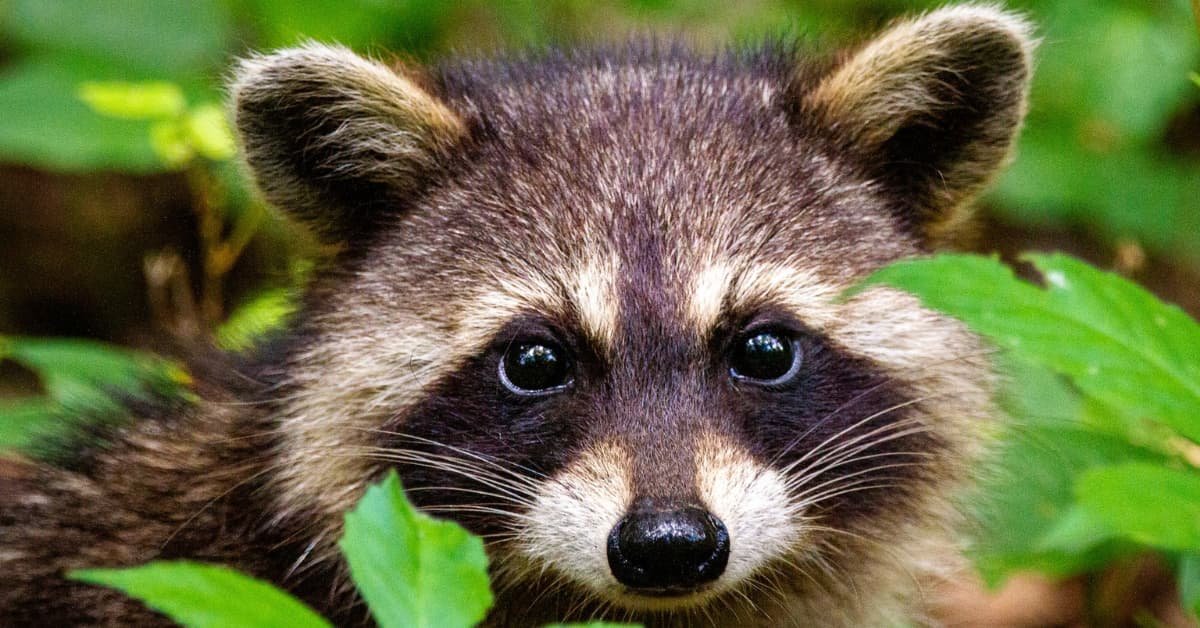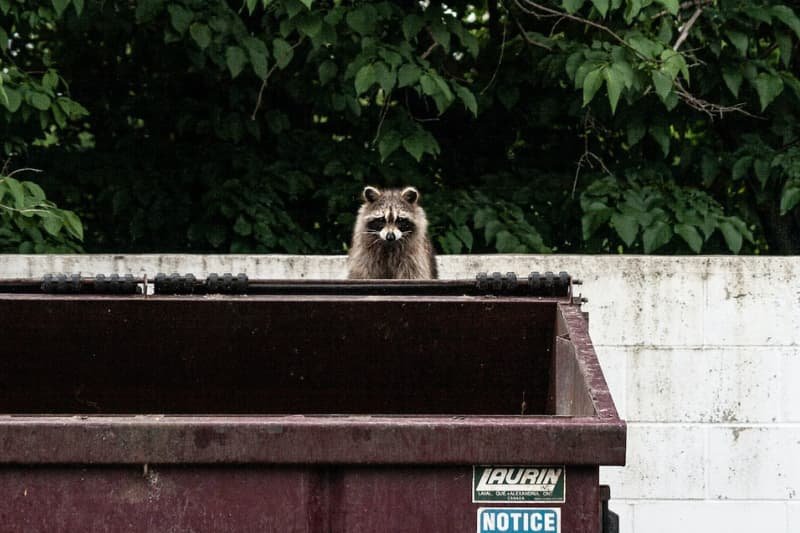
They say that the world is a raccoon’s playground, and it’s not hard to see why. These resourceful creatures have adapted to thrive in a variety of environments, from dense forests to bustling cities, and are known for their impressive climbing skills and ability to get into hard-to-reach areas.
But what about their jumping abilities? Just how high can a raccoon jump?
We’ll take a closer look at the jumping abilities of raccoons and explore the factors that contribute to their impressive feats.
We’ll examine their physical characteristics, including their muscular legs and powerful hindquarters, as well as their adaptability and intelligence.
Additionally, we’ll investigate how population and environment can impact raccoon behavior and explore some of the appearances and nicknames associated with these fascinating creatures.
So buckle up and get ready to learn more about these jumping raccoons and the impressive heights they can reach.
Short Summary
- Raccoons can jump short distances straight up and are better at jumping off of things than over them.
- They can jump distances of 3-4 feet vertically or laterally and handle jumps from as high as 40 feet.
- Raccoons are excellent climbers and can scale most fences and houses with little problem.
- They are persistent and hold their ground if they feel the area is a good source of food, making them a difficult pest problem.
Raccoon Characteristics
Raccoons are versatile and intelligent scavengers that have adapted to various settings and are known for their trademark black fur around their eyes, which aids in their vision.
They are persistent and hold their ground if they feel the area is a good source of food. Raccoons are excellent climbers and can scale most fences and houses with little problem.
They are most active at night and can adapt to urban, rural, and suburban settings.
Behavioral tendencies of raccoons include their ability to thrive in various settings and make the most out of any situation.
They are versatile, intelligent survivors that solve problems to reach their goals. Urbanization effects have led to an increase in the raccoon population, and city raccoons may be more intelligent than country raccoons due to the added human element.
Raccoons are known for living off improperly stored pet food and unsecured garbage cans, and they are able to get into many areas that other animals cannot. Their adaptability makes them a difficult pest problem.
Jumping Abilities
With their impressive leaping capabilities, these nocturnal creatures are able to effortlessly clear obstacles that other animals may struggle with.
Raccoons are known for their jumping abilities, which allow them to navigate their surroundings with ease.
While they are not known for their speed, they are able to jump short distances straight up and are better at jumping off of things than over them. They are also able to jump distances of 3-4 feet vertically or laterally.
However, their jumping abilities are affected by several factors, such as their age, weight, and health.
Older or heavier raccoons may not be able to jump as high or as far as younger, lighter raccoons. One of the reasons why raccoons are such great jumpers is their excellent climbing abilities.
They are able to scale most fences and houses with little problem and can use their climbing skills to launch themselves into the air.
Additionally, raccoons are persistent and will hold their ground if they feel the area is a good source of food.
Their trademark black fur around their eyes also helps them see better and more clearly, which allows them to accurately assess their surroundings and make calculated jumps.
Overall, raccoons are versatile and intelligent survivors that are able to adapt to various settings, and their jumping abilities are just one of the many ways they are able to thrive in their environments.
Adaptability and Intelligence

The adaptability and intelligence of raccoons allow them to thrive in a variety of environments and overcome obstacles to obtain food and shelter.
Raccoons have successfully adapted to urban environments where they have learned to survive by making use of the resources available to them including garbage cans and pet food.
Their problem-solving skills and adaptability have enabled them to thrive in urban areas where other animals may struggle.
Raccoons are also known for their problem-solving skills which enable them to overcome obstacles to obtain food.
They have been observed using their intelligence to solve complex problems such as opening trash cans or climbing fences to access food.
Their ability to adapt to new environments and use available resources makes them versatile and intelligent survivors.
Their urban adaptation has allowed them to live in areas where they would not typically be found, making them a successful and persistent species.
Population and Environment
Despite the overwhelming destruction of their natural habitats and the growth of human settlements, the raccoon population has adapted to various environments.
These adaptable creatures have established themselves in both rural and urban areas, showing remarkable resilience in the face of human impact.
In fact, city raccoons may be more intelligent than their country counterparts due to the added human element they must navigate.
To demonstrate the raccoon’s adaptability, consider the following table showcasing their population in North America:
| Raccoon Species | Population |
|---|---|
| Common Raccoon | 15 million |
| Crab-eating Raccoon | 6 million |
| Coati | 2.5 million |
| Ring-tailed Cat | 1 million |
| Cacomistle | Unknown |
Despite their adaptability, raccoons can still create issues for humans. As they have adapted to living in urban areas, they have also adapted to living off improperly stored pet food and unsecured garbage cans.
This can lead to conflicts with humans, who may view raccoons as pests. However, it is important to remember that these animals are simply trying to survive in a world that has been largely shaped by human impact.
As such, finding ways to coexist with these intelligent and versatile creatures is essential for maintaining a healthy environment for all.
Appearance and Nicknames
One characteristic of raccoons that is often noted is their distinctive appearance, including the trademark black fur around their eyes, which has led to them being nicknamed ‘trash pandas’ or ‘nature’s bandits’.
This black fur serves a functional purpose, as it helps raccoons see contrast more clearly at night and navigate in low-light conditions.
In addition to their black fur, raccoons have a stocky build with short legs and a bushy tail. Their fur is typically gray or brown, and they have a pointed snout and small ears.
The nickname ‘trash panda’ comes from the raccoon’s reputation for foraging for food in human garbage cans and dumpsters.
This scavenging behavior is one of the reasons raccoons have adapted so well to urban environments and continue to thrive despite human impact on their habitats.
While some people may find raccoons to be a nuisance when they get into garbage cans or cause damage to property, their adaptability and resourcefulness make them fascinating animals to observe.
FAQs:
What is the lifespan of a raccoon?
The lifespan of raccoons ranges from 2 to 3 years in the wild, and up to 20 years in captivity.
Do raccoons have any natural predators?
Raccoons have several natural predators, including large birds of prey, coyotes, foxes, and bobcats.
How do raccoons communicate with each other?
Raccoons communicate through vocalization patterns including purrs, chatters, and screams. They also use body language such as raising their tail or standing on their hind legs to signal social hierarchy.
What is the average size of a raccoon?
The average size of a raccoon is around 23-37 inches in length and weighs about 8-20 pounds.
Can raccoons swim?
Raccoons are excellent swimmers and can easily adapt to aquatic environments. They use a doggy-paddle style stroke and can swim for long distances.
Their nocturnal habits and foraging techniques make swimming a useful tool for finding food and avoiding danger.



